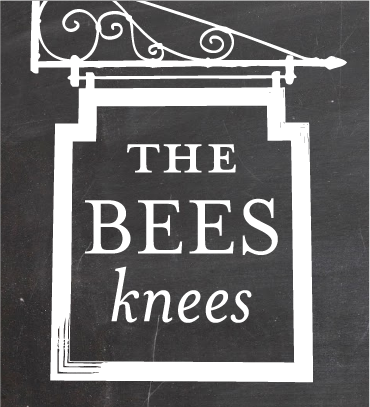Summary
Real ale is "beer brewed from traditional ingredients, matured by secondary fermentation in the container from which it is dispensed, and served without the use of extraneous carbon dioxide". Cask-conditioned beers (also called cask ale) and bottle conditioned beers are often referred to as real ales.
The fundamental distinction between real and other ales is that the yeast is still present and living in the container from which the beer is served (although it will have settled to the bottom and is usually not poured into the glass). Because the yeast is still alive, a slow process of fermentation continues in the cask or bottle on the way to the consumer, allowing the beer to retain its freshness.
Another distinction is that real ale should be served without the aid of added carbon dioxide, or "top pressure" as it is commonly known. Common dispensing methods are the handpump, or "by gravity" direct from the cask. Electric pumps are occasionally seen, especially in the Midlands and Scotland.
Cask Breather
A cask breather works by adding carbon dioxide into the cask to replace the beer as it is drawn off, rather than allowing in air, thus extending the beer's saleable life. However, the added gas is not at the high pressure typical of keg beer. Before 2018, cask ales which were kept "fresh" by the use of a cask breather were not classified by CAMRA as real ale. In 2018, this policy was changed, allowing pubs using cask breathers to be listed in the Good Beer Guide.
Technical Definition
Please read the document below for a more detailed technical definition of real-ale.



